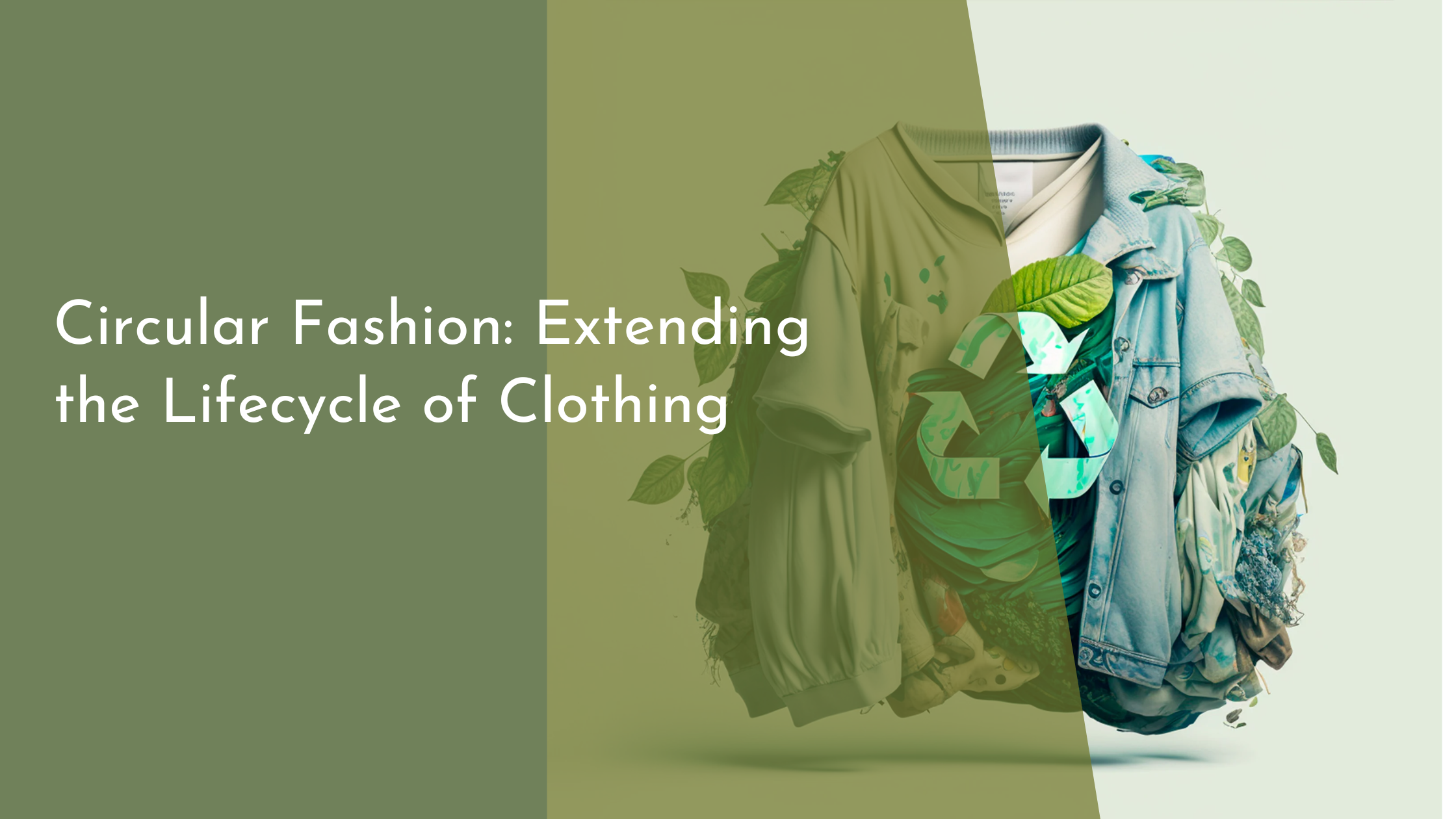Circular Fashion: Extending the Lifecycle of Clothing
Circular fashion is revolutionizing the way we think about clothing. As environmental concerns escalate, this innovative approach offers a sustainable solution by extending the lifecycle of garments. This article delves into the essence of circular fashion, unveils groundbreaking strategies for prolonging clothing lifespan, highlights the myriad advantages of adopting a circular wardrobe, and envisions a promising future for the fashion industry.
Understanding the Concept of Circular Fashion
Circular fashion is an innovative design approach that aims to minimize waste and encourage the continuous use of resources in the fashion industry. Unlike traditional linear models, which involve creating, using, and disposing of clothing, circular fashion focuses on creating closed-loop systems where garments are reused, recycled, and repurposed. This model not only helps in reducing the environmental impact but also promotes sustainable consumption patterns by encouraging consumers to think about the lifecycle of their clothing.
The core principles of circular fashion include designing for longevity, considering the entire lifecycle of a product from the outset, and embracing materials that are both durable and recyclable. By prioritizing these elements, brands can create clothing that retains its value and utility over an extended period. Moreover, circular fashion isn’t just about recycling; it’s about designing out waste and pollution while keeping products and materials in use, ultimately creating a more sustainable and ethical fashion ecosystem.
Innovative Ways to Extend Clothing Lifespan
One of the most effective strategies to prolong the lifespan of clothing is through upcycling, a process that involves creatively transforming old or discarded garments into new, fashionable items. This not only gives clothing a second life but also allows individuals to express their personal style uniquely. Many designers are adopting this approach, creating stunning collections from pre-existing materials, which also helps in reducing the demand for new resources and the energy involved in manufacturing.
Repair and maintenance are also pivotal in extending a garment’s life. Simple practices like sewing up tears, replacing buttons, or even employing professional services for more extensive repairs can significantly extend the usability of clothing. Embracing a mindset that values care and preservation over disposal can help consumers maintain their wardrobe in excellent condition for longer, ultimately contributing to a more sustainable fashion industry.
Benefits of Embracing a Circular Wardrobe
Embracing a circular wardrobe comes with numerous benefits, both for the individual and the environment. From an ecological perspective, it significantly reduces waste and the carbon footprint associated with the production and disposal of clothing. By reducing the demand for new textiles, circular fashion helps conserve water, energy, and raw materials, thereby alleviating the pressure on our planet’s resources.
For consumers, a circular wardrobe encourages mindful consumption and offers the joy of reinventing their style without constantly buying new items. By valuing quality over quantity, individuals can build a collection of clothing that is timeless, versatile, and uniquely theirs. Moreover, the practice of swapping, renting, or purchasing second-hand garments can also be economically beneficial, allowing fashion enthusiasts to explore diverse styles without the hefty price tag associated with fast fashion trends.
With sustainability taking center stage, the future of circular fashion looks promising. As consumers become increasingly aware of the impact of their choices, the demand for eco-friendly and ethical fashion alternatives is expected to grow. Circular fashion represents a paradigm shift in the industry, promising not only to reduce waste but also to redefine fashion as a force for good. By embracing this innovative model, we can all contribute to a more sustainable and vibrant future for fashion.

